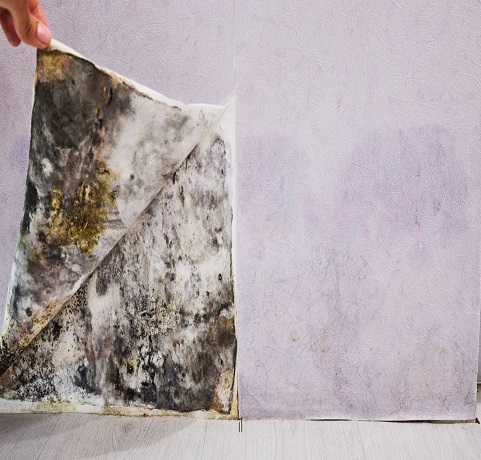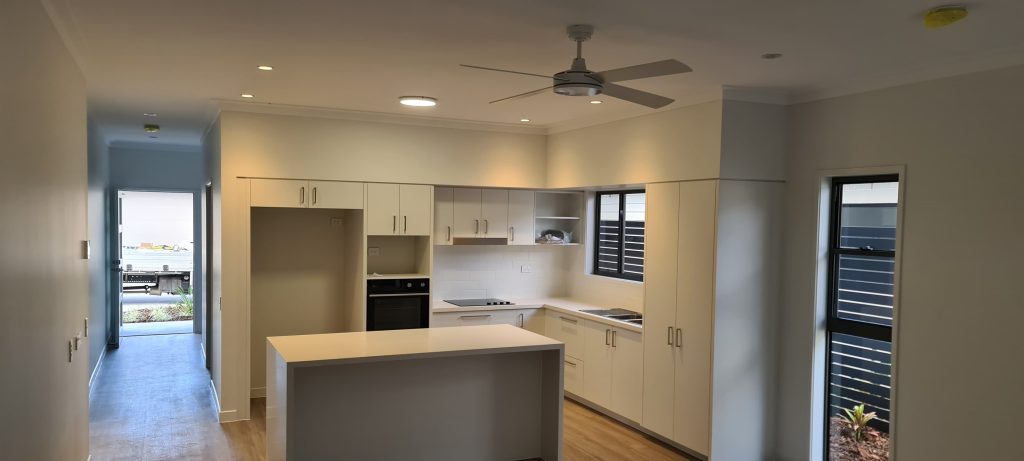Mould is infamous for its rapid spread in homes following instances of water damage. This problem becomes particularly pronounced in residences characterized by high humidity, poor ventilation, and limited sunlight. For numerous households across Australia, mould can evolve from a minor annoyance into a major issue, necessitating significant repairs and potentially posing serious health hazards to occupants. By familiarizing themselves with the early indicators of mould growth, homeowners can take proactive steps to reduce these risks before they escalate. Safeguarding your home against mould is vital for fostering a secure and healthy living environment for you and your family.
Mould is more than just a cosmetic problem; it poses serious health risks that can affect all members of the household, especially those with pre-existing respiratory issues. The swift proliferation of mould typically occurs when moisture is present, making it essential to recognize this threat promptly. By grasping the speed at which mould can develop, homeowners can adopt effective strategies to prevent potential water damage and its associated complications, fostering a healthier and safer home for everyone.
This article is designed to equip you with crucial insights into the rapid growth of mould following any water-related incidents. We will delve into the fundamental causes behind this phenomenon and outline the necessary steps to take if you find yourself confronting this challenging situation. Join us as we explore the swift onset of mould and the proactive measures you can implement to address it efficiently!

Proven Techniques for Detecting Mould Infestation in Your Living Space
Mould is a type of fungus that can easily establish itself in your home if appropriate preventive measures are not taken. Often, it manifests as a slimy, foul-smelling growth in various shades of green or black. These fungi thrive in moist environments, making spaces that have suffered from water damage or those with high humidity particularly susceptible to mould infestations. Recognizing these conditions early is vital for effective remediation and for preserving a healthy living environment.
There are several unmistakable signs that indicate mould has taken root in your home.
- A musty odour often ranks as one of the most common indicators of mould presence, suggesting it may be growing in concealed areas that need immediate attention!
- Another significant symptom is visible discolouration on walls or flooring. Mould frequently displays irregular patterns and may appear darker than adjacent surfaces, signaling the necessity for a thorough investigation.
- Keep an eye out for any warping or bubbling of paint or wallpaper, as these can indicate underlying water damage and the potential for mould growth.
If you notice any of these warning signs, it’s crucial to seek professional assistance without delay. Experts can perform a comprehensive assessment of the situation and provide guidance on effectively managing any existing mould. Remember, acting swiftly makes it easier and more economical to control mould growth than waiting for it to become entrenched in your home.
Understanding the Types of Water Damage That Foster Mould Growth
While mould poses a significant concern for homeowners, comprehending its root causes is essential for effective prevention. By identifying the multiple sources of water damage that facilitate mould proliferation, you can better safeguard your living space and maintain a healthy environment for you and your loved ones.
Numerous factors contribute to mould growth following water damage. Even minor leaks can create ideal conditions for mould spores to thrive and multiply. Areas with inadequate airflow or ventilation are at heightened risk, as stagnant air can trap moisture. Additionally, damp spaces like crawl spaces or roof cavities with elevated humidity levels are particularly susceptible to mould infestations, making regular inspections crucial.
The good news is that you can adopt simple yet effective measures to avert serious mould issues. Regularly inspecting your home for signs of moisture or water damage and maintaining low humidity levels can significantly lower the risk of mould growth. Don’t hesitate—address these issues proactively to protect your family’s health and ensure peace of mind in your living environment.
Recognizing Conditions That Lead to Accelerated Mould Proliferation
Having established that water damage and specific environmental conditions can lead to mould growth, it’s crucial to understand the rapidity of this process.
Under optimal conditions, mould can proliferate at an alarming rate. In fact, mould spores can colonize a damp surface within a mere 24 to 48 hours! This rapid growth can have severe implications for your health and property, highlighting the urgency of swift action.
What specific conditions contribute to this swift mould proliferation? Mould requires several key elements to thrive, including:
- Moisture: Mould flourishes in damp environments; thus, high humidity levels or wet surfaces create the ideal conditions for its growth.
- Temperature: Most mould species thrive in warm temperatures, typically between 16 °C and 27 °C, although some can even grow at lower temperatures.
- Nutrients: Mould relies on organic materials for survival—these can include wood, paper, drywall, and textiles commonly found within homes.
- Darkness: Mould thrives in dark areas and does not require sunlight for growth, making poorly lit spaces particularly vulnerable.
- Airflow: Insufficient ventilation can elevate moisture levels, creating an environment conducive to mould growth.
- Time: Given the right conditions, mould can grow and spread rapidly, underscoring the need for vigilance.
To effectively combat mould growth, it’s essential to control moisture levels within your home, ensure adequate ventilation, and seek the expertise of skilled technicians to swiftly address any instances of water damage or leaks.
Comprehensive Strategies for Mould Remediation and Prevention
Now that we understand the associated risks of mould growth, let’s delve into effective methods for addressing and preventing it. The first critical step is to identify and remediate any water damage thoroughly. This includes fixing leaking pipes, ensuring that gutters function properly, and investigating any other potential sources of hidden moisture.
After addressing these immediate concerns, consider investing in a whirlybird ventilation system or an air conditioning unit to maintain low humidity levels and deter future mould growth. These proactive measures can save you from costly repairs down the line.
Moreover, remain vigilant in monitoring your home in the weeks following remediation. Should you notice any early warning signs of mould re-emerging, do not hesitate to consult a professional for advice. The sooner you address potential issues, the better! Ultimately, preventing mould from developing in the first place is far more effective than dealing with its aftermath.

Advantages of Hiring Professional Mould Inspection and Testing Services
If you are unsure about the mould situation in your home, seeking professional assistance can provide invaluable peace of mind. Experts equipped with specialized knowledge and tools can quickly identify hidden mould growth, allowing you to address potential issues before they escalate into significant health threats.
If mould has already established itself, there’s no need to panic—professional remediation services are readily available to help eliminate existing mould colonies. These qualified experts employ industrial-strength cleaners and advanced techniques to ensure your home is safe once more, alleviating concerns about long-term damage and health risks. Many companies even provide free estimates for their services, enabling you to avoid unexpected costs and feel confident in your decisions.
If you suspect mould lurking in your home, do not hesitate to seek professional help. Taking prompt action could save you money and create a healthier, stress-free environment for you and your family!
Professional Mould Remediation Services Offered by The Mould Removers
If you’re grappling with a mould issue, it’s crucial not to resort to DIY methods. Instead, reach out to the skilled mould removal professionals at The Mould Removers. Their expertise in mould remediation guarantees not only effective removal but also your safety throughout the entire process.
With their extensive knowledge and experience in mould removal services, you can trust that harmful mould colonies will not return anytime soon. Don’t wait—call now to tackle your mould concerns and reclaim the comfort and safety of your home!
The Article: Mould Growth Speed After Water Damage: What to Know first appeared on https://writebuff.com.
The Article Mould Growth Speed: Key Insights After Water Damage Was Found On https://limitsofstrategy.com
The Article Mould Growth Speed: Insights Following Water Damage First Appeared ON
: https://ad4sc.com
Comments are closed